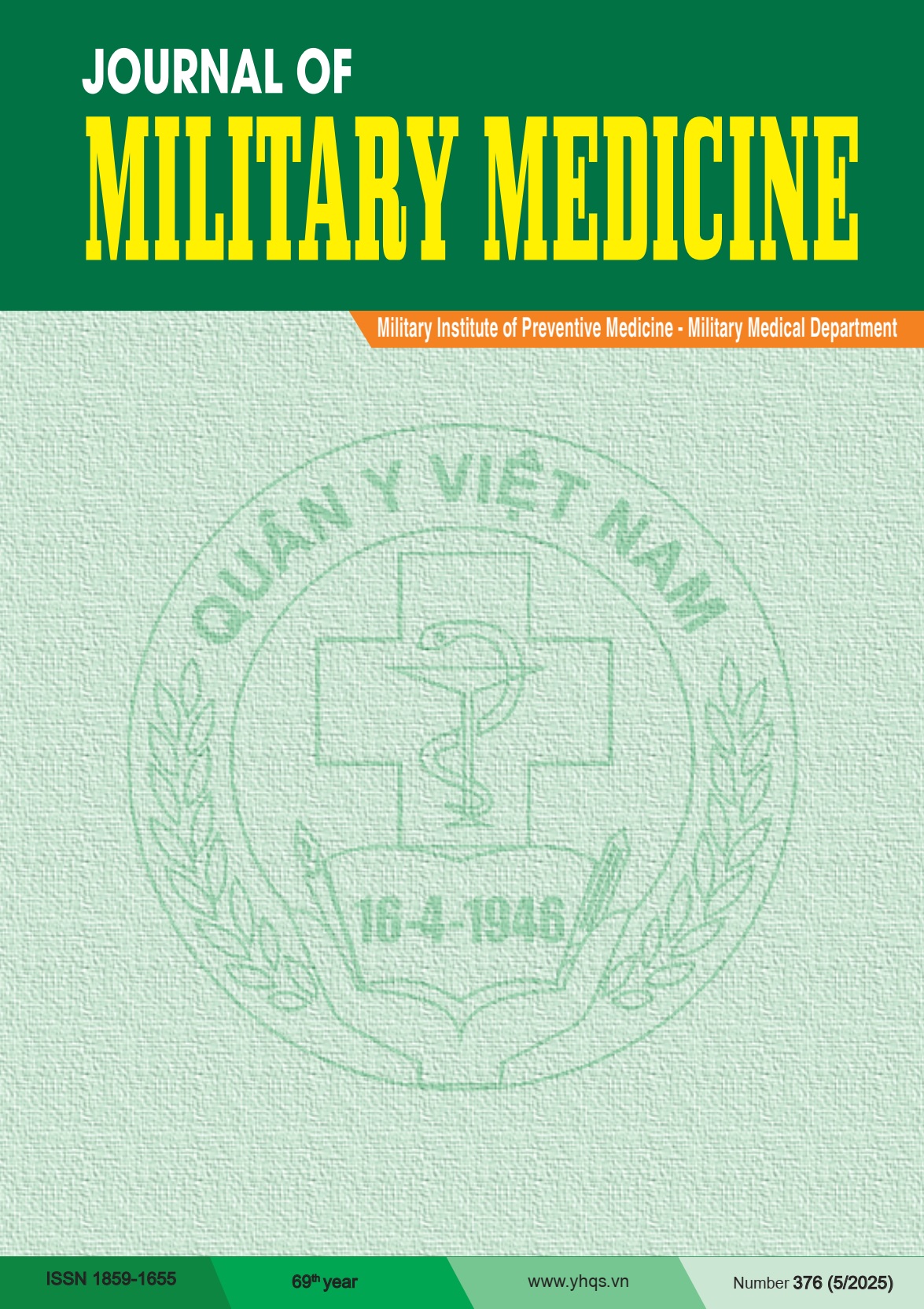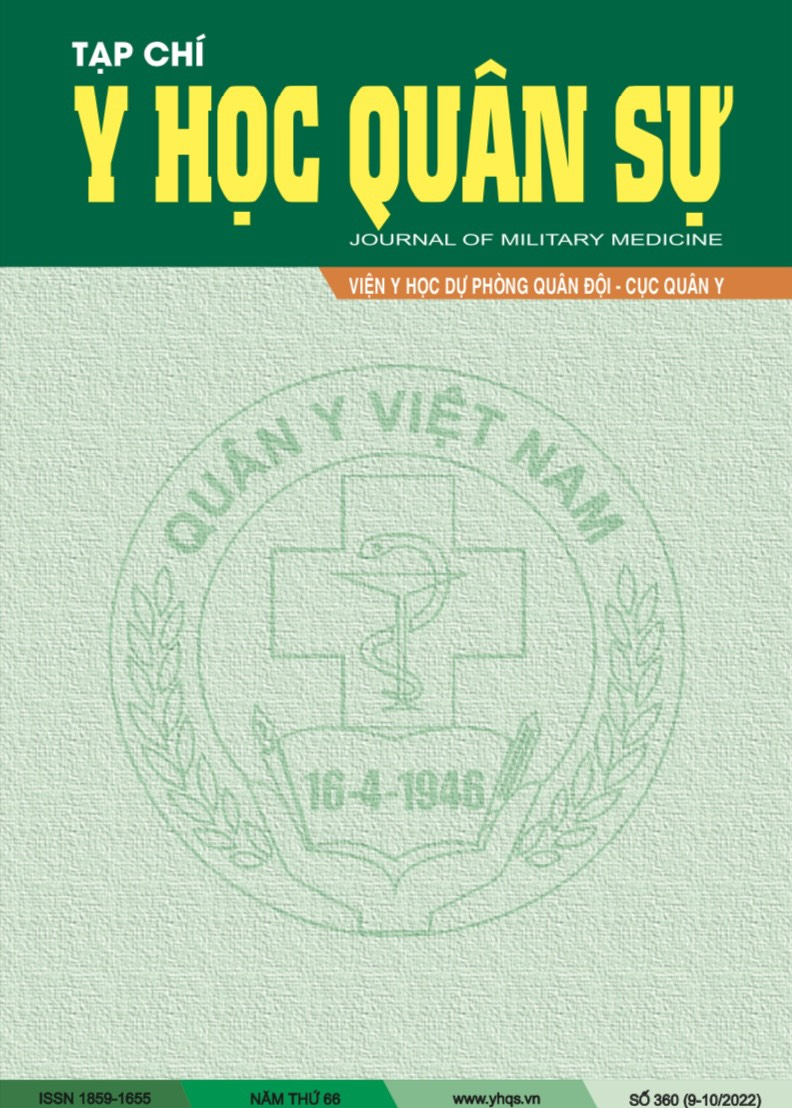DEVELOPMENT OF FORMULATION, PREPARATION PROCEDURE AND IN-HOUSE QUALITY STANDARD FOR 20% PICARIDIN CREAM AS AN INSECT REPELLENCY
DOI:
https://doi.org/10.59459/1859-1655/JMM.592Từ khóa:
Picaridin, Icaridin, cream excipients, insect repellentTóm tắt
Objectives: This study aimed to develop a pharmaceutical formulation, and manufacturing process of a 20% picaridin cream for topical insect repellent use and to establish and validate the corresponding in-house quality standards (TCCS).
Subjects and methods: An oil-in-water (O/W) emulsion cream formulation containing 20% picaridin was designed. The preparation process was optimized, and the in-house quality specifications were subsequently developed and validated.
Results: A stable formulation and validated manufacturing procedure for a 20% picaridin cream were successfully developed. Hydroxypropyl methylcellulose (HPMC) K4M was used in aqueous phase at a concentration of 0.8%. The optimized emulsifying mixture was composed of Span 60 and Tween 80 in a 4:6 ratio. The in-house specification (TCCS) was established and included both qualitative and quantitative determination of picaridin using a validated high-performance liquid chromatography (HPLC) method, meeting criteria for accuracy, repeatability, specificity, selectivity, and linearity.
Conclusion: A stable 20% picaridin cream formulation (as a suitable insect repellent for military personnel) was successfully developed with required qualities outlined in the validated in-house standard.
Tài liệu tham khảo
1. Health Department (2007). Pharmaceutical Formulation Technology, Education Publishing House, Vietnam.
2. Health Department (2018). Vietnam Pharmacopoeia, Edition V.
3. Hoang Ngoc Hung, Vu Chu Hung (2006). “Excipients and Additives Used in Pharmaceuticals, Cosmetics, and Food”. Medical Publishing House, Vietnam.
4. Senior Entomologist Insecticides Branch Registration Division (2010). Science Review of Human Study of Black Fli Repellent Performance. United States Environmental Protection Agency (EPA), Washington DC.
5. Senior Entomologist Insecticides Branch Registration Division (2008). Science Review of Human Study of Mosquito Repellent Performance. United States Environmental Protection Agency (EPA), Washington DC.
6. Sangha G.K (2010), Toxicology and safety evaluation of the new insect repellent Picaridin (Saltidin). In: Hayes’ Handbook of Pesticide Toxicology; Academic Press: Cambridge, MA, USA.
7. Lucas R Melo de Andrade, Mariana Guilger-Casagrande, Tais Germano-Costa (2022). “Polimeric Nanorepellent Systems Containing Geraniol and Icaridin Aimed at Repelling Aedes aegypti”. International Journal of Molecular Sciences, 23 (15), 8317, Basel, Switzerland.
8. Jean-Luc Boevé, Frank Eertmans, Els Adriaens, Bart Rossel (2016), “Field Method for Testing Repellency of an Icaridin-Containing Skin Lotion against Vespid Wasps”, Insects. 7 (2), 22, Basel, Switzerland.
Tải xuống
Đã Xuất bản
Cách trích dẫn
Số
Chuyên mục
Ngày xuất bản 21-05-2025



